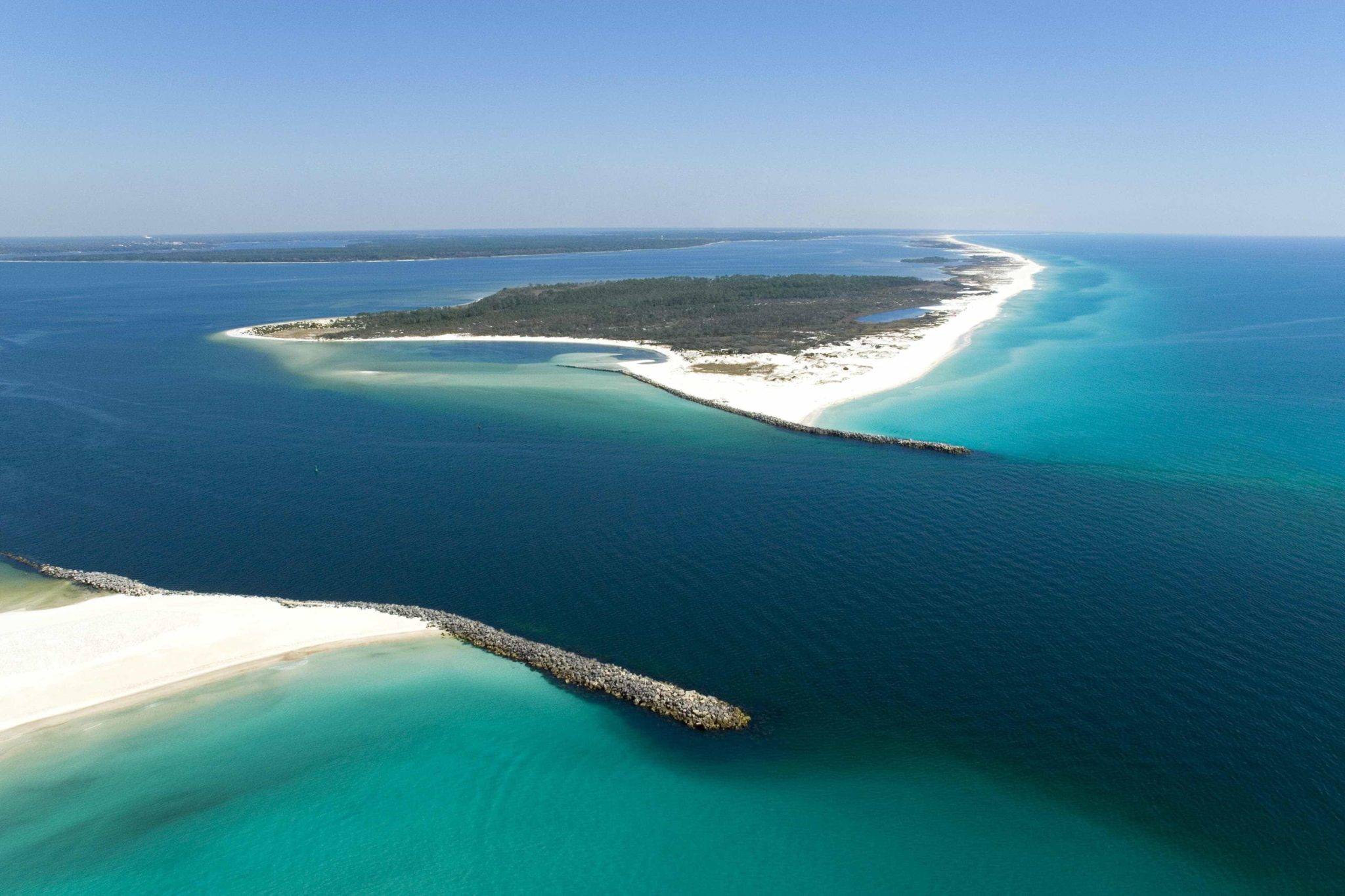Secrets Of Florida’s Ancient Shell Island Cultures

Have you ever wondered about the ancient cultures that once thrived on Florida's Shell Island? These fascinating communities left behind a treasure trove of artifacts and mysteries. Shell Island, located in the Gulf of Mexico, was home to indigenous people who used shells for tools, jewelry, and even building materials. Imagine walking along the same shores where these early inhabitants lived, worked, and played. Their unique way of life offers a glimpse into a world long gone but not forgotten. Join us as we uncover the secrets of Florida's ancient Shell Island cultures and learn about their incredible history.
Discovering Florida's Ancient Shell Island Cultures
Florida's Shell Islands hold secrets of ancient cultures that thrived long before modern civilization. These islands, rich in history and mystery, offer a glimpse into the lives of the indigenous people who once called them home. Let's explore some of these fascinating places.
1. Calusa Island
Calusa Island, located in the Ten Thousand Islands region, was once the heart of the powerful Calusa tribe. Known for their impressive shell mounds, the Calusa people built complex structures using shells and other natural materials.
- Shell Mounds: These mounds served as foundations for their homes and ceremonial centers.
- Fishing Techniques: The Calusa were expert fishermen, using intricate nets and traps to catch fish.
- Art and Artifacts: Discover beautifully crafted tools, pottery, and ornaments that tell the story of their daily life.
2. Mound Key
Mound Key, situated in Estero Bay, is another significant site of the Calusa civilization. This island, with its towering shell mounds, offers a unique perspective on their advanced society.
- Royal Residence: The island was believed to be the residence of the Calusa king.
- Canals and Waterways: Ingenious canal systems allowed for easy transportation and fishing.
- Archaeological Finds: Numerous artifacts, including tools and pottery, have been unearthed here.
3. Marco Island
Marco Island, located in the Gulf of Mexico, is famous for its rich archaeological history. The island was home to the Calusa and their predecessors, the Muspa people.
- Key Marco Cat: A wooden feline figure, one of the most significant artifacts found in North America.
- Shell Tools: Discover tools made from shells, showcasing the resourcefulness of the island's inhabitants.
- Burial Mounds: These mounds provide insights into the burial practices and spiritual beliefs of the ancient people.
4. Pine Island
Pine Island, the largest island in the Calusa heartland, offers a wealth of historical sites and artifacts. This island was a major center of Calusa culture and trade.
- Randell Research Center: A hub for archaeological research and education about the Calusa.
- Shell Middens: Large piles of shells that give clues about the diet and lifestyle of the island's inhabitants.
- Cultural Exhibits: Explore exhibits that showcase the art, tools, and daily life of the Calusa people.
5. Sanibel Island
Sanibel Island, known for its beautiful beaches, also holds secrets of ancient cultures. The island was inhabited by the Calusa and other indigenous groups.
- Shell Mounds: These mounds provide evidence of the island's long history of human habitation.
- Bailey-Matthews National Shell Museum: Learn about the importance of shells in the lives of the island's ancient inhabitants.
- Historical Markers: Discover markers that tell the story of the island's past and its people.
6. Useppa Island
Useppa Island, located near Pine Island Sound, was an important site for the Calusa and later, the Spanish explorers. The island's history is rich with tales of trade, conflict, and cultural exchange.
- Archaeological Sites: Explore sites that reveal the island's ancient past.
- Shell Artifacts: Discover tools, ornaments, and other items made from shells.
- Historical Tours: Take guided tours to learn about the island's history and its significance to the Calusa and Spanish settlers.
7. Key Largo
Key Largo, the largest of the Florida Keys, was home to the Tequesta people, who were contemporaries of the Calusa. The island offers a unique glimpse into the lives of these ancient inhabitants.
- Shell Tools and Weapons: Discover tools and weapons made from shells and other natural materials.
- Tequesta Artifacts: Explore artifacts that provide insights into the daily life and culture of the Tequesta people.
- Underwater Archaeology: Learn about underwater sites that reveal the maritime skills of the island's ancient inhabitants.
8. Fort Center
Fort Center, located near Lake Okeechobee, was a significant site for the Belle Glade culture. This inland site offers a different perspective on the ancient cultures of Florida.
- Earthworks and Mounds: Discover impressive earthworks and mounds that served as ceremonial and residential sites.
- Agricultural Practices: Learn about the advanced agricultural techniques used by the Belle Glade people.
- Artifacts and Exhibits: Explore artifacts that tell the story of this inland culture and their way of life.
Discovering Florida's Ancient Shell Island Cultures
Florida's ancient shell island cultures offer a fascinating glimpse into the past. These communities thrived on the state's coastlines, using shells for tools, art, and even building materials. Visiting these sites, like the Calusa's Mound Key or the Timucua's shell mounds, provides a unique opportunity to connect with history.
Exploring these ancient cultures reveals their ingenuity and adaptability. They crafted complex societies, developed trade networks, and lived in harmony with their environment. Their legacy is preserved in the shell mounds and artifacts scattered across Florida.
Understanding these cultures enriches our appreciation for Florida's history. It highlights the resourcefulness of its early inhabitants and their deep connection to the land and sea. Next time you're in Florida, take a moment to visit these ancient sites. You'll gain a deeper understanding of the state's rich cultural heritage.

